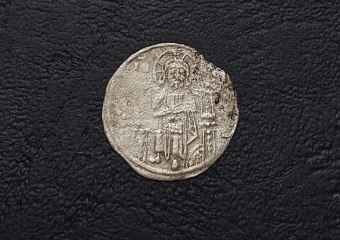Ethnographic Museum Burgas presents the traditional Christmas Eve table
In connection with the upcoming Christmas holidays, Ethnographic Museum Burgas presents the traditional Christmas Eve table.
The traditional feast for Christmas Eve is symbolic; it recreates a special rite for fertility and good fortune. Everything that is put on the table - a ritual bread, garlic, corn, popcorn, beans, apples, dried fruits, honey, walnuts, quinces, should bring plenty. Arrange are only Lenten dishes strictly of odd number: 7, 9, 11, for example: sarmi (rolls) with sour cabbage leaves, stuffed peppers with rice, pumpkin pie (tikvenik). The more dishes, the richer will be the year. An old silver coin placed inside one of the dishes as a symbol of the property in the new year. According to the tradition, there are three types of ritual bread: the first one is dedicated to the holiday (“bogovitsa”, “bogova pita”, “svetets” (English: Saint) - a large round loaf decorated with dough), second type is dedicated to the farm labour and peasants (with various decorations) and the third one is meant for the carollers “koledari” ("rambled-bent" bagel).
The ritual table is censed by the eldest in the family. In Burgas region for the ethnographic group Zagorci this is the first “censed” dinner, and for the groups Ruptsi and Tronki, it is the second (after St. Nicholas' Day).
On Christmas Eve the fire should not be put out because it is associated with the birth of the "Young God" during this certain night. The Yule log “budnik” is burning in the fireplace, which is usually special selected thick oak or pear log. It symbolizes the world tree that is connecting heaven and earth and brings order to the world. The Yule log “budnik” is also seen as symbol of fertility and vitality. It is not left to burn the whole. Once extinguished, the people put it behind the door and part is made into a plough. Its ashes have magical healing power and can be used to predict the future.
The Christmas Eve dinner starts early “so the corn to ripen early”. During the meal, none has been allowed to leave the table, only the house keeper may stand up but he walks bend, as the corn grains and tree branches to be bending under the weight of their fruit.
© Rosica Topalova
Photo: Community Center Samoobrazovanie at the village of Galabets, Municipality Pomorie.


Comments
comments powered by Disqus